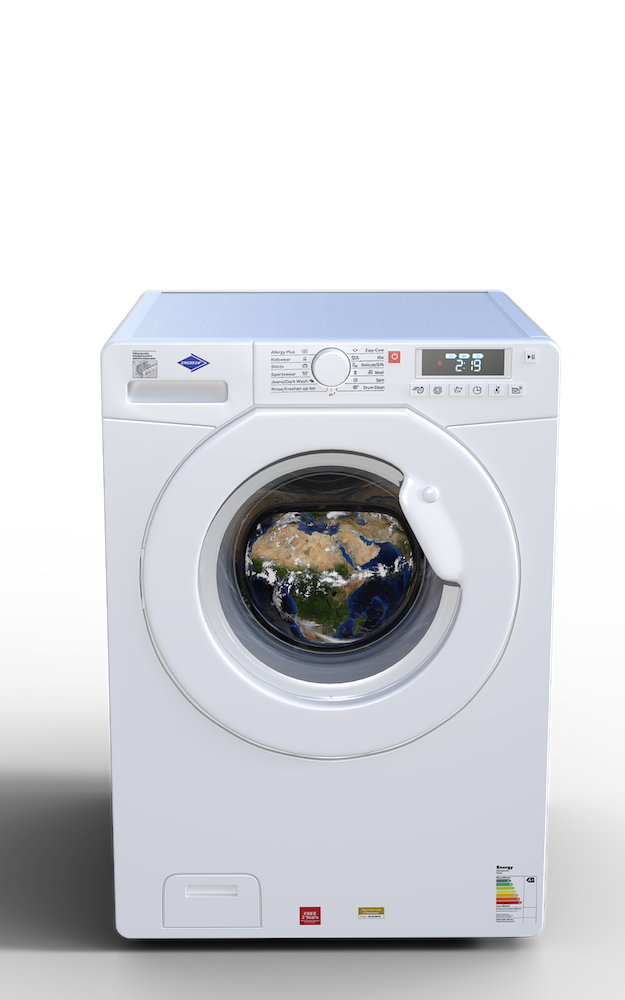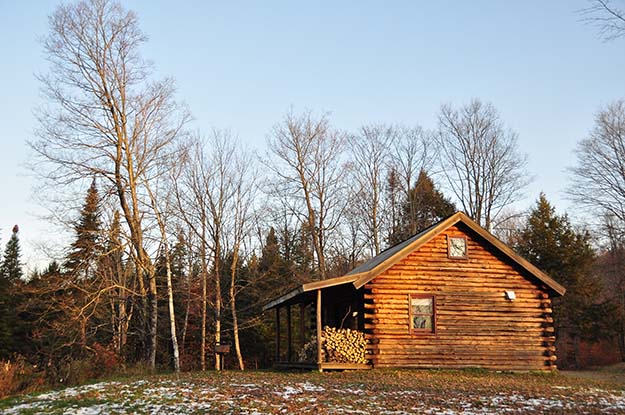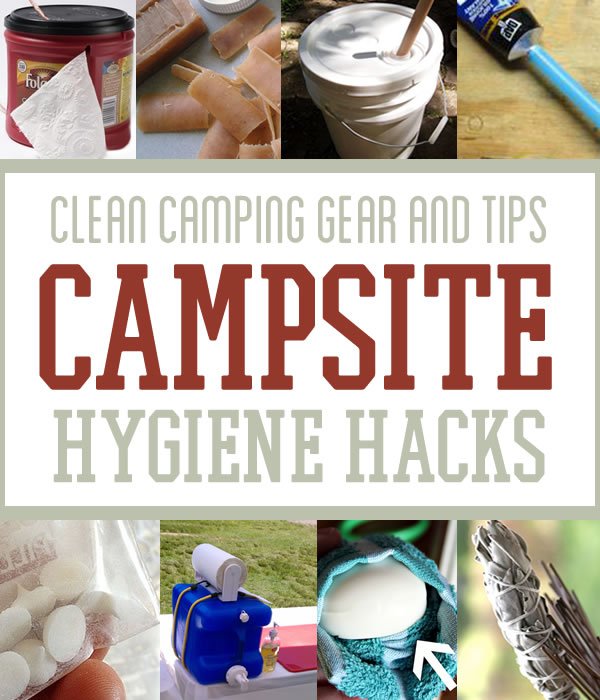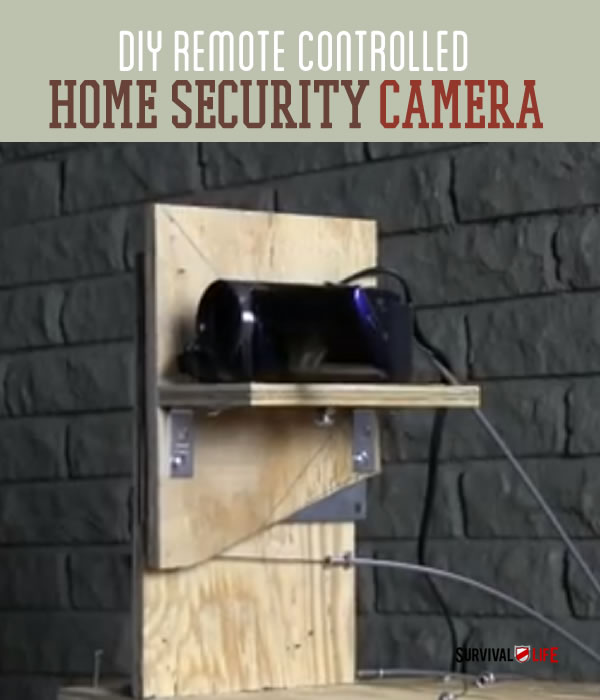Do It Yourself
Sustainable Electric Power

The quality of life you will have after a grid collapse depends on the choices you make today. In the end, it’s all about choices. You have the opportunity, right now, to make your life after the grid comfortable and worry-free or one of constant struggle to survive. The choice is yours.
There are solutions available, and there are people who can help you. But you must take the initiative. What you do after reading this article could determine your lifestyle tomorrow.
Sustainable Electric Power
You can choose to enjoy a beautiful off-grid home with plenty of food, water, good shelter, safety, security, and electrical power. Do your homework. Determine what you have and the how fast you use up these resources—your burn rate. Then decide how many resources you will accept in an adapted lifestyle. As you identify your needs, strive to meet as many as you can. We’d all like to have a 20kW system that is 100% available and costs little to buy. But only a few can afford this.
If you can’t have it all, then decide how much you can have and develop a plan for obtaining the additional resources that are currently not in your home power generation system. If you’re following your plan and the “event” happens, quickly adapt to your new reality and move forward. Implement and activate what you have, and seek to improve on this condition.
For example, if you have a backup generator, use it sparingly. If you have a natural gas generator, use it wisely. A backup generator running on natural gas is great, but how long can you count on NG gas being available? The same goes for gasoline or propane. What if propane fuel trucks can’t get there and you can’t buy gas? How long will your backup generator keep working before it sputters and stops?

If a fuel supply runs out and you can’t get more fuel, adapt. Switch to a secondary power source. Perhaps you can use solar panels that charge a bank of batteries. Remember how long these batteries can last (amp hours) and how long it will take to charge them back up. A 30 amp-hour battery can (theoretically) put out 30 amps for 1 hour. Or it can put out 5 amps for 6 hours. (Recall the articles I wrote on actual battery discharge and recharge times.)
Can you power all your electrical needs 24/7? Yes, but you’ll need a lot of power generation capability. A 20 kW propane generator will consume between 1.9 and 2.9 gallons of fuel per hour. Thus if you have a full 300 gallon tank, the generator should run for over 100 hours before it shuts down. If no propane supply trucks are available, then switch to another power source.

You can manage your electric consumption and really extend your electrical resources. Suppose your home is equipped with the following:
11 cu ft refrigerator with a 6 cu ft freezer – 685 watts, 5.7A
- 8 cu ft freezer – 1877 watts, 15.6A
- Dishwasher – 1320 watts, 11A
- Electric clothes washer – 2400 watts, 20A
- Electric clothes dryer (220 VAC) – 3600 watts, 30A
- Heater, portable electric – 1400 watts, 11.7A
- HVAC heater-air conditioner – 4200 watts, 35A
- Stove, Kitchen Counter Top
- 6” burner – 1200 watts, 10A
- 6”/9” burner – 1200 watts, 10A
- 12” burner – 2700 watts, 22.5
- Microwave – 900 watts, 7.5A
- Toaster – 1500 watts, 12.5A
- Television 26” – 75 watts, 0.6A
- Television, color – 300 watts, 2.5A
- Vacuum, standup – 1440 watts, 12A
- Coffee maker – 600 watts, 5A
- Computer w/display – 400 watts, 3.3A
- Computer, laptop – 45 watts, 0.4A
- Computer, notebook – 100 watts, 0.8A
- Computer printer – 300 watts, 2.5A
- Cell phone (5 VDC) – 20 watts, 0.2A
- Fan, 12” electric – 100 watts, .83A
- Fan, large industrial – 165 watts, 1.4A
- Tool, 3/8” drill – 75 watts, 0.6A
- Tool, 6” bench grinder – 250 watts, 2.0A
- Electric jigsaw – 250 watts, 2.0A
- Well pump – 2400 watts, 20A
Before power goes out, prioritize and list these resources. In the next column, list the electric generation capability you currently have. Then study your list and compare it to your power generation capability. Do you really need each of the electricity consuming resources? Can you adapt to live without some? Can you shift to a circadian day-night lifestyle? You may not be able to generate 220 VAC for your dryer. Perhaps you could hang clothes out to dry.

You could consider investing in a DC refrigerator or freezer. They’re rated in cubic feet and by watt hours consumed per day. Here are some examples:
- 8 cu ft DC refrigerator, 140-300 watt hours/day – $1,190
- 8 cu ft DC freezer, 500-800 watt hours/day – $1,190
- 13.7 cu ft DC freezer, 800 watt hours/day – $1,475
- 8 cu ft DC refrigerator, 2 cu ft DC freezer, 360-590 watt hours/day – $2,495
- 10 cu ft DC refrigerator, 3.9 cu ft DC freezer, 585-845 watt hours/day – $3,325
The efficiency of these can be improved and watt hours/day duty cycle decreased by gluing foam board insulation to the outside of these appliances. In one case, a 30% duty cycle and 480 watt hours/day consumption rating on a 70 degree day can be reduced with insulation to 15% duty cycle and 240 watt hours/day. You still need a good, reliable DC power source. Power management is the key. Try not to use your heavy power users at the same time.
And don’t try to do everything in your post-power grid world yourself. Seek others with similar interests, and form collaboration communities. Share resources when you can. And share knowledge. Don’t hold back. By sharing ideas and skills you help others succeed. They’ll help you succeed. By being part of a survival community many doors will open to you and you’ll enjoy mutual security in numbers. Use your talents, gifts, and skills to benefit the community. And participate in community events. At each gathering you’ll get ideas you can use. Soon the quality of life will improve for everyone and you’ll realize that we’re all connected.
If everyone does what they can to create real value for the community, sustainability will occur and threats to the power grid will no longer cause fear and helplessness. Don’t dwell on what you don’t have. Focus on what you do have. Optimize on what you have for the benefit of all.
There are many ways to generate electricity. Be open for new ideas and new ways to light your world. Those ways are out there. You actually can enjoy sustainable electricity and thrive as a collective and sharing community.
Emergency Lighting | Flashlight Power
Relax and Enjoy the Next Power Outage
Backup Power Supply: How Long Will That Backup Last?
-

 Paracord Projects1 year ago
Paracord Projects1 year agoParacord Projects | 36 Cool Paracord Ideas For Your Paracord Survival Projects
-

 Paracord Projects1 year ago
Paracord Projects1 year agoHow To Make Paracord Survival Bracelets | DIY Survival Prepping
-

 Medical Care1 year ago
Medical Care1 year ago21 Home Remedies For Toothache Pain Relief
-

 Knife Laws1 year ago
Knife Laws1 year agoAre Switchblades Legal? Knife Laws By State
-

 Do It Yourself1 year ago
Do It Yourself1 year agoSurvival DIY: How To Melt Aluminum Cans For Casting















Larry
April 17, 2018 at 6:22 AM
Will Solor power panals already installed with 4 dry cell batteries be sufficient for awhile
Janet
April 17, 2018 at 11:38 AM
What is price tag of the large Tesla storage batteries?
Mr. Manfredgensenden
April 18, 2018 at 8:24 PM
Around $3,000
Clergylady
April 19, 2018 at 11:59 AM
Good reminder to be practical and think it out long term before spending a fortune.
My new home has propane heater, propane cookstove, and propane waterheater. but my rocket heating stove is moving with me. It burns gravity fed pellets, sticks, and even the chips from my chipper. Without, gasoline, propane, or electricity i can still cut and burn sticks. The stove has a 16″ round heated surface where I can cook or heat water. And I always have the ability to cook outdoors as well.
I don’t require a lot of electricity to be happy. I sun or shade dry food and herbs, can, garden, and sprout my own food. I have some things stored but plan to wild gather and grow much as I do now. I have ducks, chickens and rabbits. I would plan to feed them wild and planted plots as we do now. I sprout for the family and winter fresh critter feed. I gather seed from the same alfalfa I cut from. Same with lambs quarter and more, plus medicinals.
A perfect fully independant life, not alone, no. Good for a while yes, long term you need many many hands producing different things or bartering for things. A co-op, a farm, a rudimentry civalization, each happened for a reason. Survival.
Pingback: Environmental Policy FAQs | How to Write an Environmental Policy – Sprent Brass